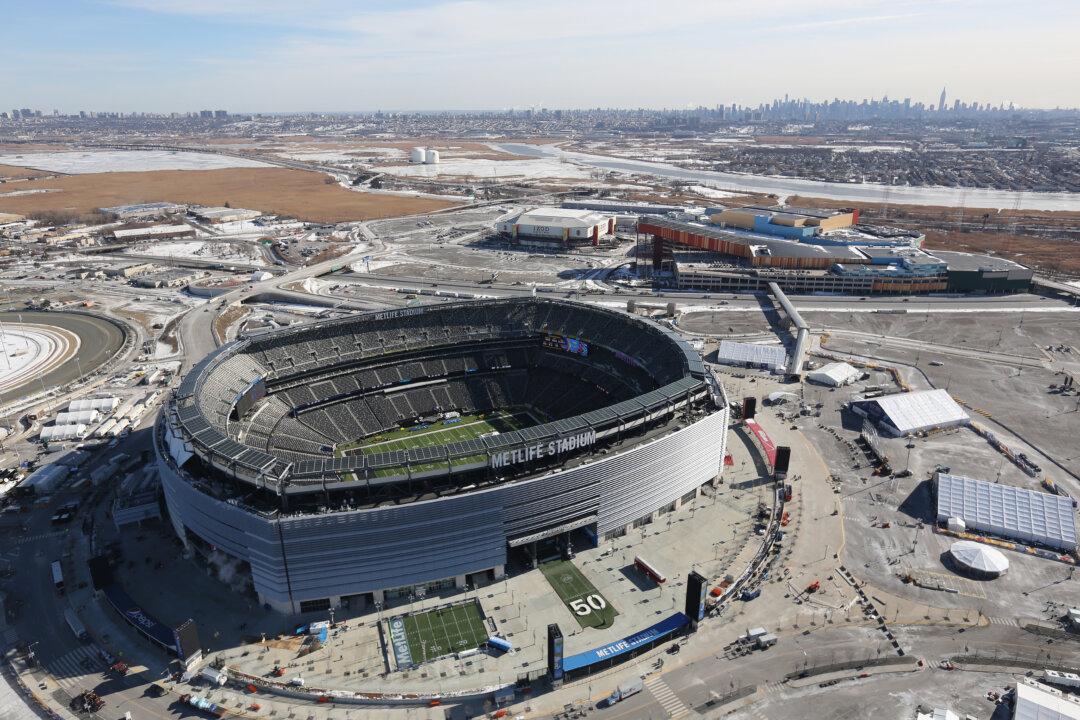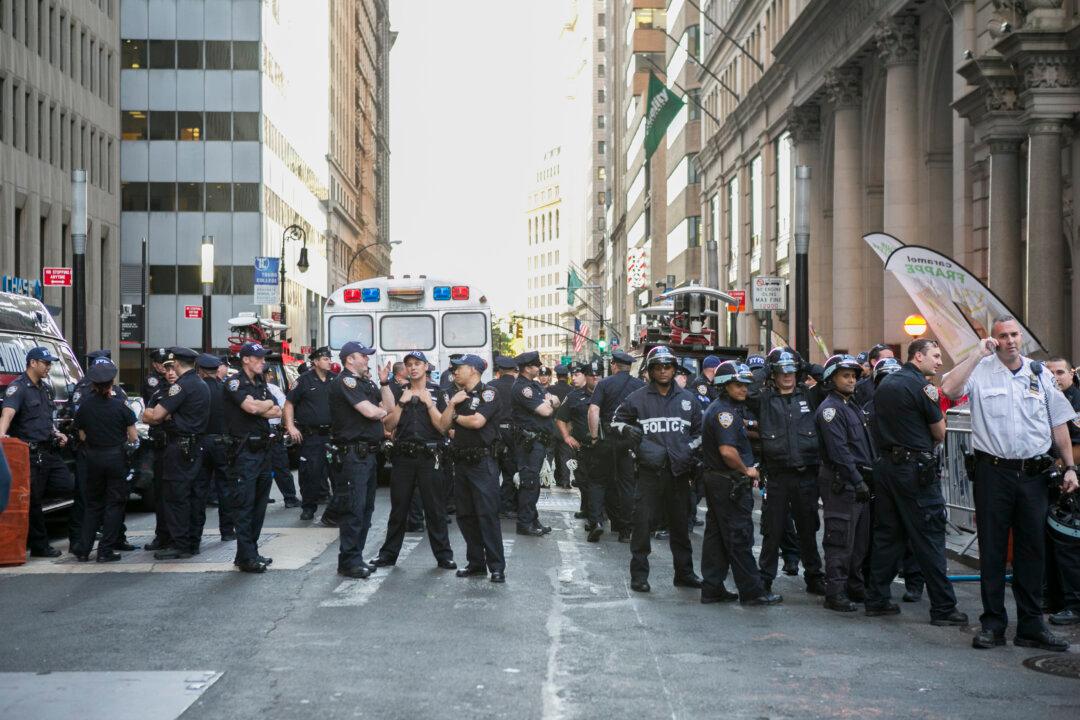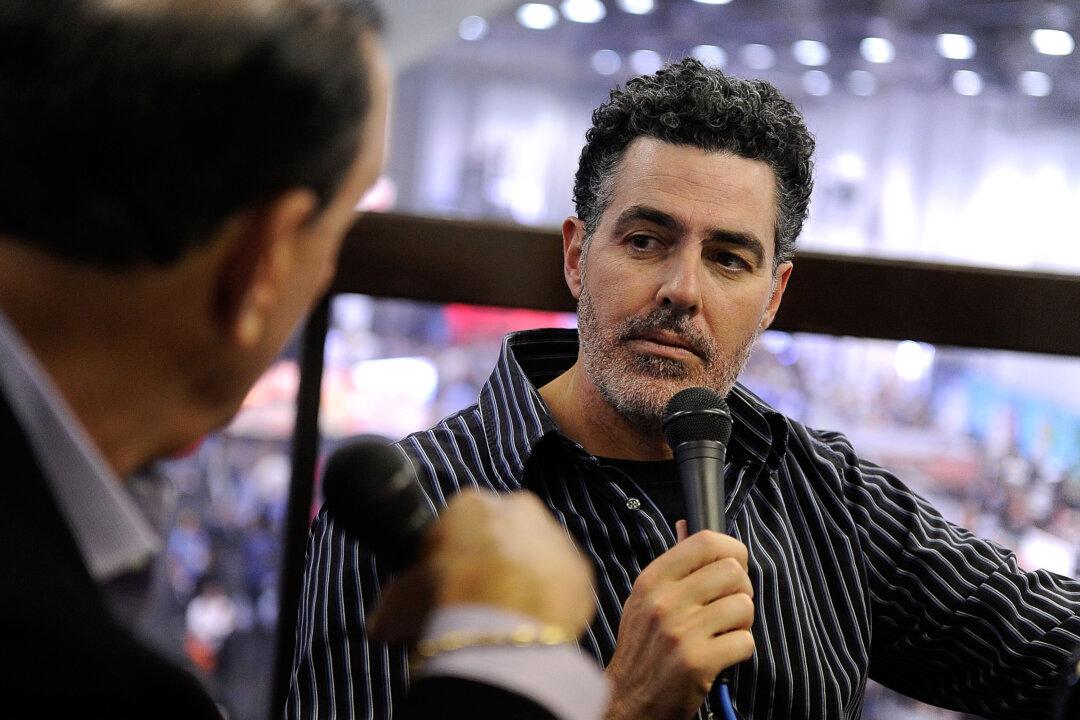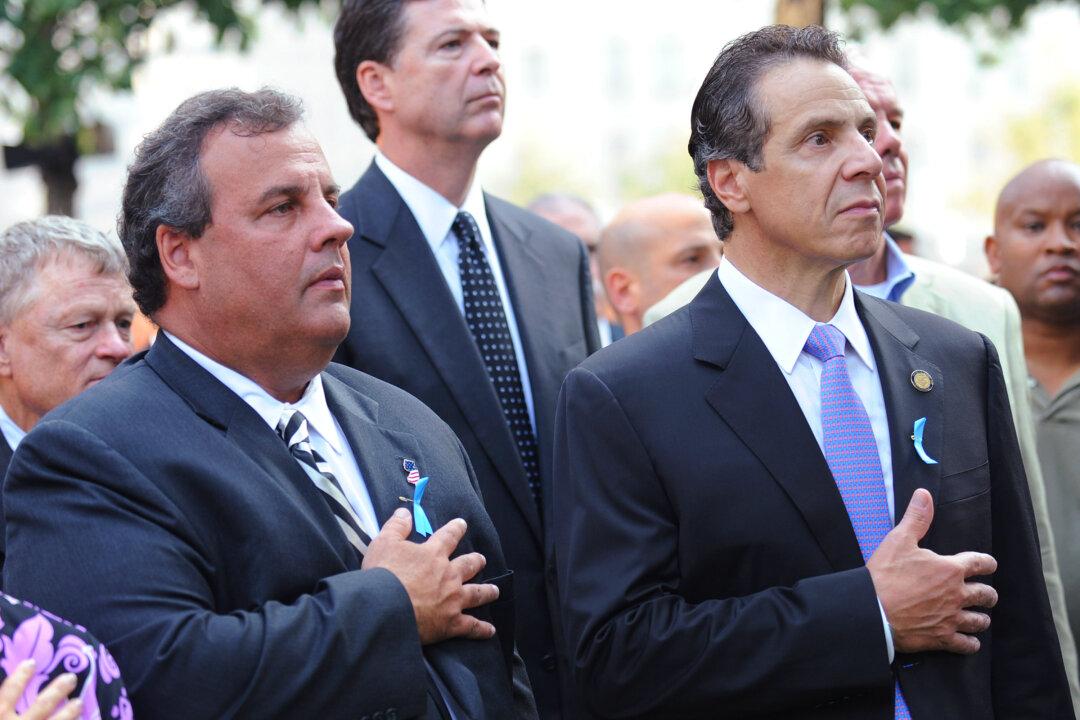In August 1971, when New York Giants owner Wellington Mara and New Jersey governor William Cahill introduced designs for a new football stadium to be located in what was then called the Hackensack Meadowlands, Jersey residents could only dream about a time when the Super Bowl might come to their state. It’s taken more than 40 years, but this week the National Football League’s annual championship extravaganza—the country’s biggest sports attraction—finally rolls into town. But Garden State residents who have paid attention to the saga of the Meadowlands Sports Complex these last four decades know that the arrival of the big game is hardly cause for celebration.
Most of the marquee events surrounding Super Bowl XLVIII are taking place in nearby New York City, and the economic impact of the week (always exaggerated by the NFL) will be so slight in Jersey that noted sports economist Andrew Zimbalist has described it as “de minimis”—that is, a trifle.
In fact, the Meadowlands Sports Complex has evolved into a drain on Jersey’s resources. The complex’s sports and entertainment facilities have generated few significant economic spinoffs, while the public authority created to build and manage them has been so exploited by Trenton politicians that it is now more than $800 million in debt. New Jersey taxpayers will be paying that off for another two decades, at least.
It wasn’t supposed to be this way. Governor Cahill predicted that the Giants would be the catalyst for vast investment in the Meadowlands area, which he called “the most valuable piece of real estate in the world.” The first director of the New Jersey Sports and Exposition Authority (NJSEA) anticipated that the project would lure residential and commercial construction that would be the equivalent of a small city, and that some developer would also build a “Disneyland-type theme park” nearby. When all was said and done, he predicted, the Meadowlands would “rival Manhattan” as the center of the region (you can stop laughing now). And Jersey would get all this, the state estimated, for a public investment of between $100 million and $200 million to build the stadium and a racetrack.
The ambitious project faced an early hurdle when New York governor Nelson Rockefeller announced he was considering plans to build a rival sports complex in Queens, which prompted investors to balk at buying Jersey’s debt. The deal only went through when New Jersey’s legislature pledged to back the bonds with its “moral authority” in case NJSEA couldn’t pay them off. One irony of that move: Rockefeller and his Wall Street lawyer, John Mitchell, had created the idea of “moral obligation bonds” 15 years earlier. Now Jersey was using them against him. Even so, Moody’s warned investors that with the legislature’s pledge, Jersey was “chipping away at its own financial structure.”
Thanks to these early delays, construction costs soared. The state eventually had to borrow $302 million for the stadium and track. This being New Jersey, the ultimate cost of building the stadium and racetrack topped out even higher, at $342 million, while plans to add a new arena and a lavish restaurant known as Pegasus soared to nearly $100 million—forcing even more borrowing.
In its first five years, the new complex generated enough income from the track, supplemented by modest stadium revenues, to cover its costs and its debt, while producing a $60 million surplus. The state legislature gladly appropriated this revenue to help balance its budget. But NJSEA’s finances quickly deteriorated, thanks in part to unwise spending. Between 1981 and 1987, expenditures grew by nearly 60 percent, while revenues increased by a more modest 25 percent. Worried lawmakers told the authority to cut its budget and denied its request for $60 million to pay off its debts.
Despite the criticism, however, in 1987 the legislature bizarrely authorized even more debt for NJSEA to build a $32 million aquarium in Camden. Then, four years later, the authority persuaded the legislature to allocate another $190 million to construct and operate a convention center in Atlantic City. The legislature and the authority accumulated much of this debt by circumventing voters, who back in 1987 had already grown so wary of NJSEA that they rejected plans to borrow $183 million to build a Meadowlands baseball stadium. With that door closed, the authority turned to gimmicks like “appropriation” bonds, which are technically not paid back by taxpayers but by annual appropriations of the legislature—and therefore don’t require taxpayer approval.
As NJSEA’s reach grew, governors used it as a patronage tool to reward supporters. In his autobiography, former governor James McGreevey wrote that “People weren’t shy about asking for board appointments” to the sports authority, “because they offered control over tremendously potent economic engines, with discretionary budgets in the tens of millions.” Eventually, the whole financial structure collapsed. The racetrack, which once attracted an average of 16,000 patrons a day, has seen its daily attendance shrink to under 3,000. Meanwhile, Atlantic City has never developed into a significant convention destination, and its own business is shrinking rapidly as other states allow casino gambling.
The new MetLife Stadium, meanwhile—constructed by the Jets and Giants on very generous terms offered by the state—produces much less in rent than the old Giants Stadium, which was torn down in 2010 despite its remaining $110 million in debt. New Jersey governor Chris Christie has dismantled much of NJSEA—which runs chronic deficits of $30 million a year—by privatizing the management of certain venues. Even so, the state is responsible for some $830 million of the authority’s accumulated debt.
Garden State taxpayers got little for all this money. This Sunday, cold weather will ground the blimps that normally provide aerial coverage of major sporting events like the Super Bowl. That’s too bad: a panoramic shot of the Meadowlands site would show little more than MetLife Stadium, the aging race track and arena, a hulking, half-finished, and bankrupt amusement project known as Xanadu, and swamps and warehouses. In a recent report, the Mercatus Center described New Jersey as the least solvent state in the nation. Is it any wonder why?
Steven Malanga is the senior editor of City Journal and a senior fellow at the Manhattan Institute. His latest book is Shakedown: The Continuing Conspiracy Against the American Taxpayer. This article originally appeared on the Manhattan Institute’s City Journal magazine website.




